With a trip to Cusco, Peru for our annual grantees workshop in November (2024), four members of the Andes Amazon Fund team laced up our hiking boots to visit one of the first regional conservation areas in Peru created with support from the Andes Amazon Fund (AAF) via the Peruvian NGO Conservacion Amazonica – ACCA.
About 45 minutes outside of Espinar, in the department of Cusco, is the spectacular 97,570-acre (39,485-hectare) Tres Cañones Regional Conservation Area. Established by a Presidential decree in 2017 and managed by Cusco’s regional government, the area boasts distinct geological features, native Andean wildlife, and pre-Incan archeological sites, making it a critical area to protect.
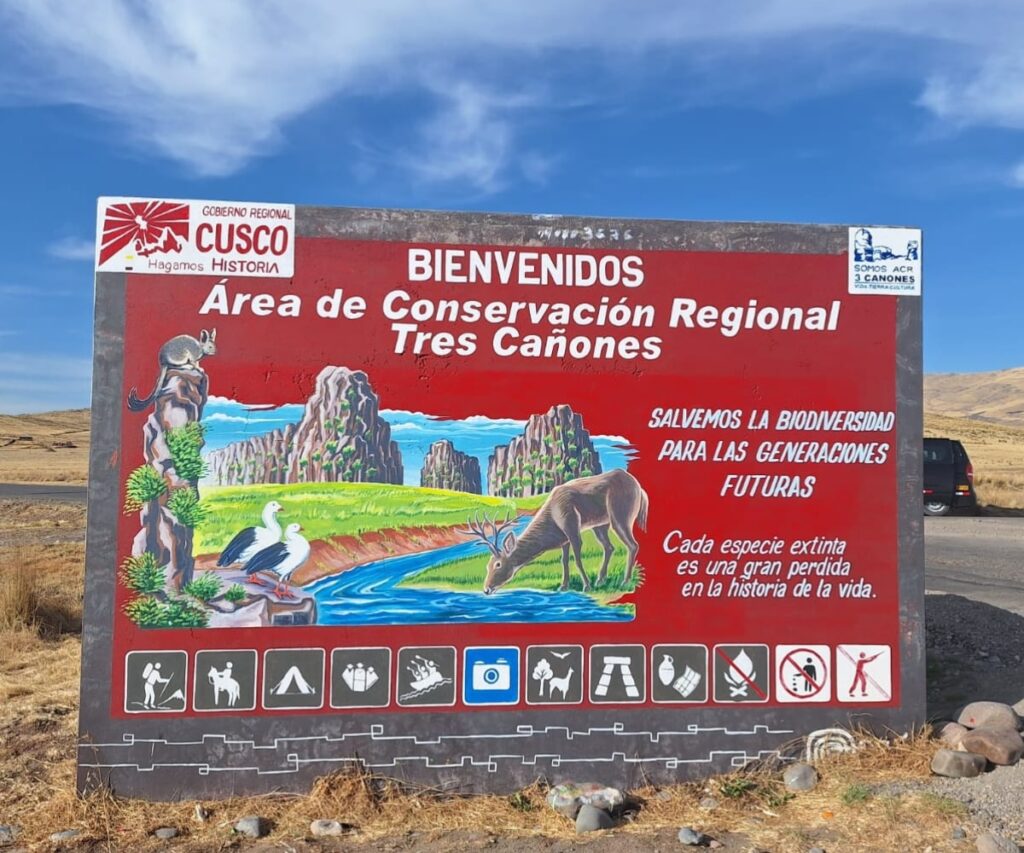
Wearing multiple layers to brave the brisk Andean morning, the team left Espinar with the sun peaking over the horizon. Shortly after sunrise, we arrived at a 10-foot tall wooden sign indicating our entrance to the protected area. As we continued past a few adobe homes and through the protected area, the landscape began to shift. The stretch of tall golden grasses gave way to granite columns carved by centuries of river trails. With Peru’s record-breaking drought, the Apurimac River resembled a trickle in comparison to the sediment skeleton left by previous rainy seasons. We followed a dusty granite road along the Apurimac, or what was left of it, deeper into the protected area.
Just before we arrived at the Mau’kallaqta archeological site, we pulled off the road and clambered out of the van, applying another layer of sunscreen to fight off the relentless Andean sun. Mau’kallaqta, is believed to have been the capital of the K’ana nation during Incan rule.
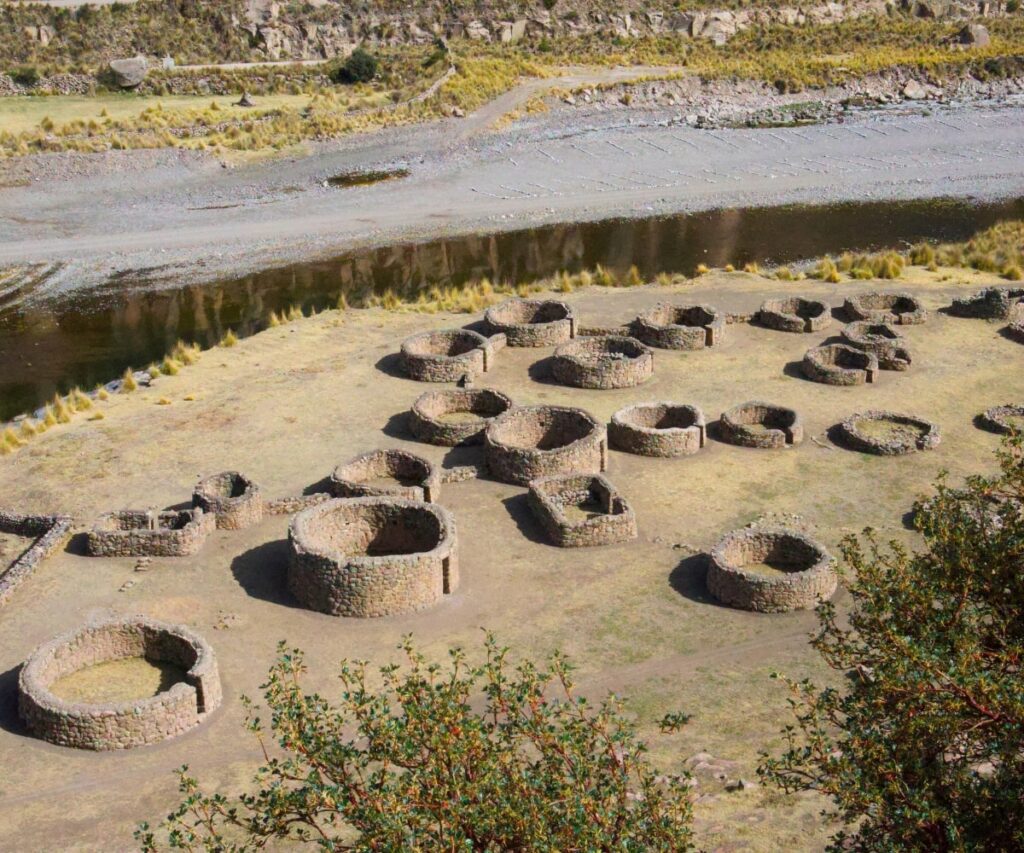
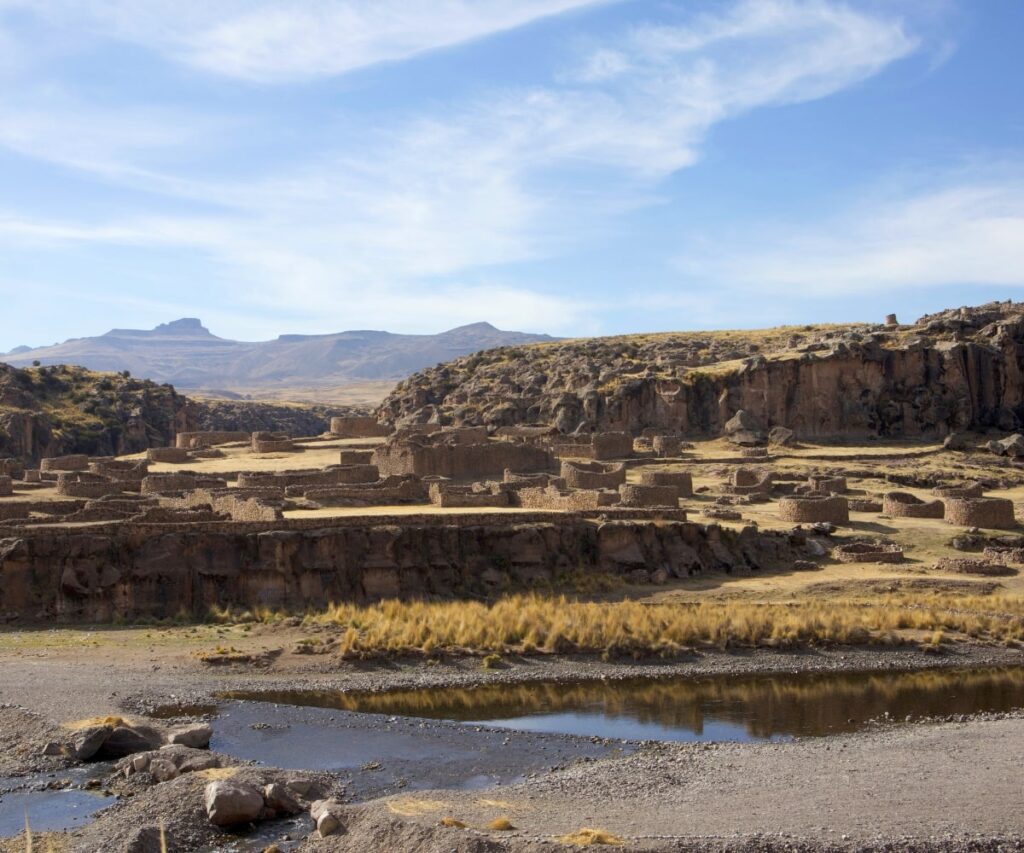
Once there, we wandered among the various structures built from rocks held together by earthy mortar. Most structures were round with a few rectangular structures built into the canyon walls. The ancient capital sat atop a plateau above a dry riverbed and was nestled against the rock columns of the canyon. We were overcome with awe, envisioning the daily activities of the K’ana people which took place so long ago.
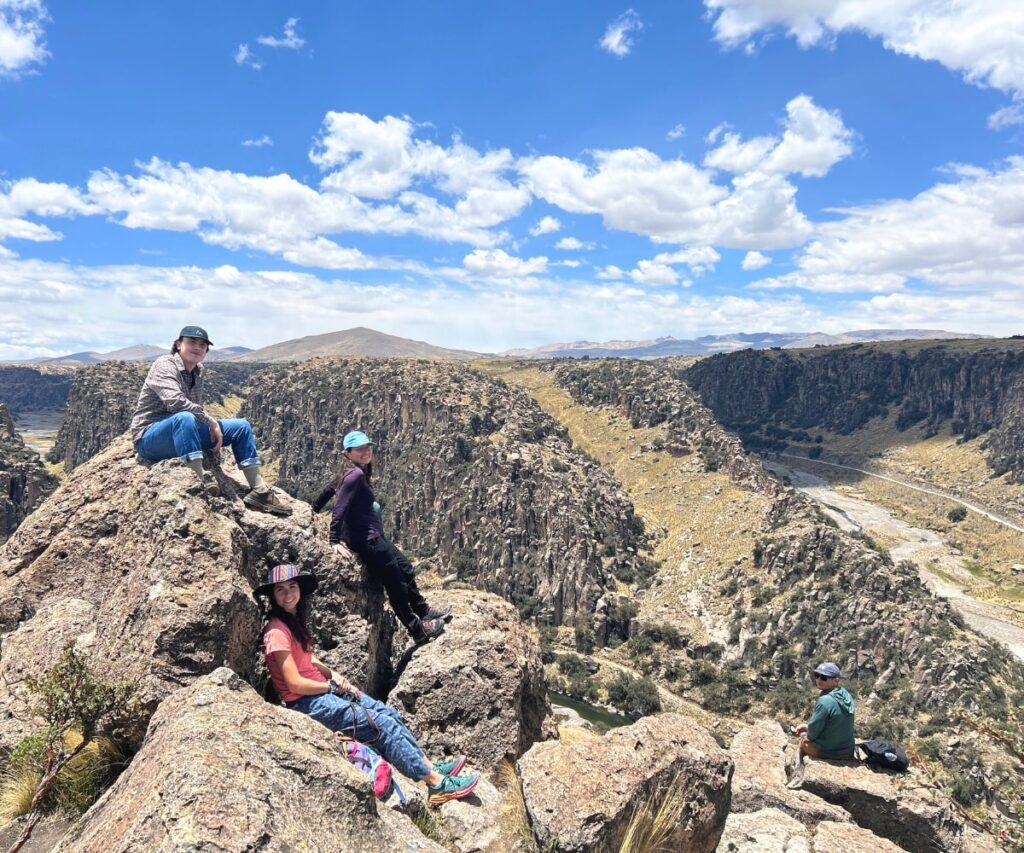
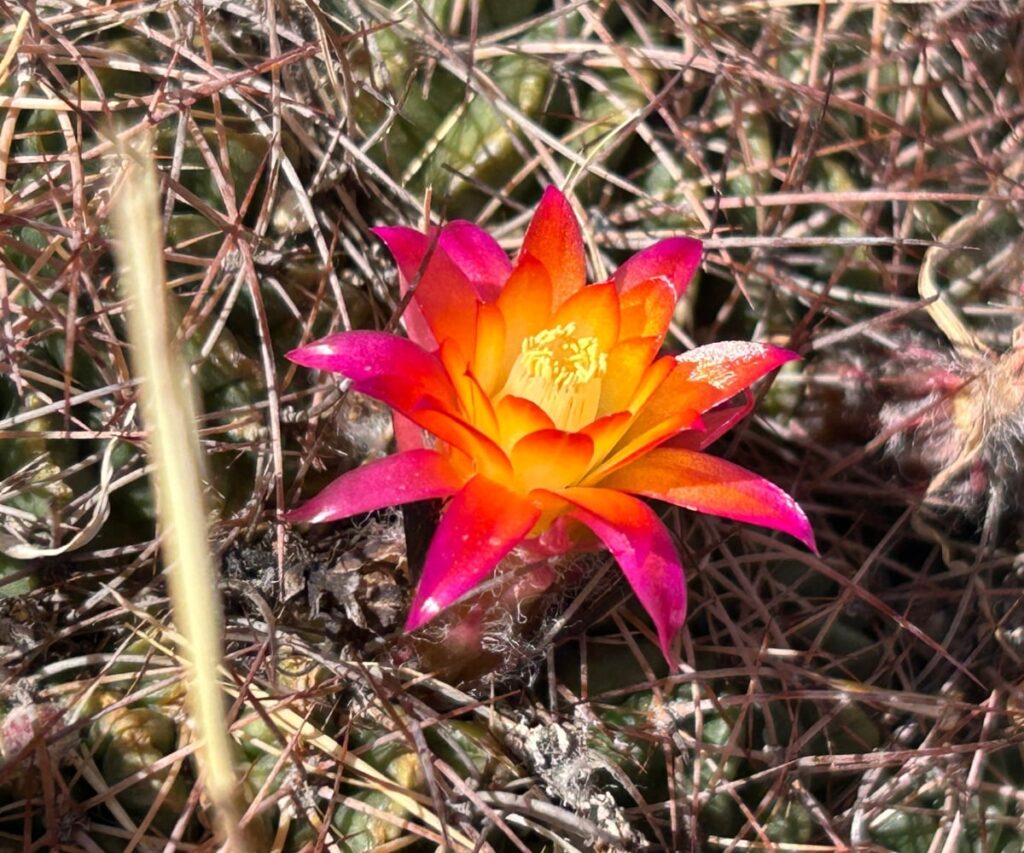
After our visit to the Mau’kallaqta archeological site, we continued down the winding gravel road until we reached the overlook point for the area’s “Tres Cañones” (meaning Three Canyons, in English). Even as we pulled into the parking lot, the beauty of the area was apparent. The granite rock walls rose to nearly 820 feet above the three rivers: Tayomani, Apurímac, and Serri Tambo. The native queñua or polylepis forests climbed the rock columns and perched on their flat tops. Despite the significant lack of water, the echoing rush of the rivers still filled the canyon walls.
We set out on a short, but grueling hike to witness the canyons from above. Tres Cañones is nearly at 13,000 feet of elevation, so even before beginning the hike, we felt the shortage of oxygen. As we climbed up the steep and sandy trail, our hearts thudded rapidly and we gasped for air. The views from the top, however, made the hike well worth it.
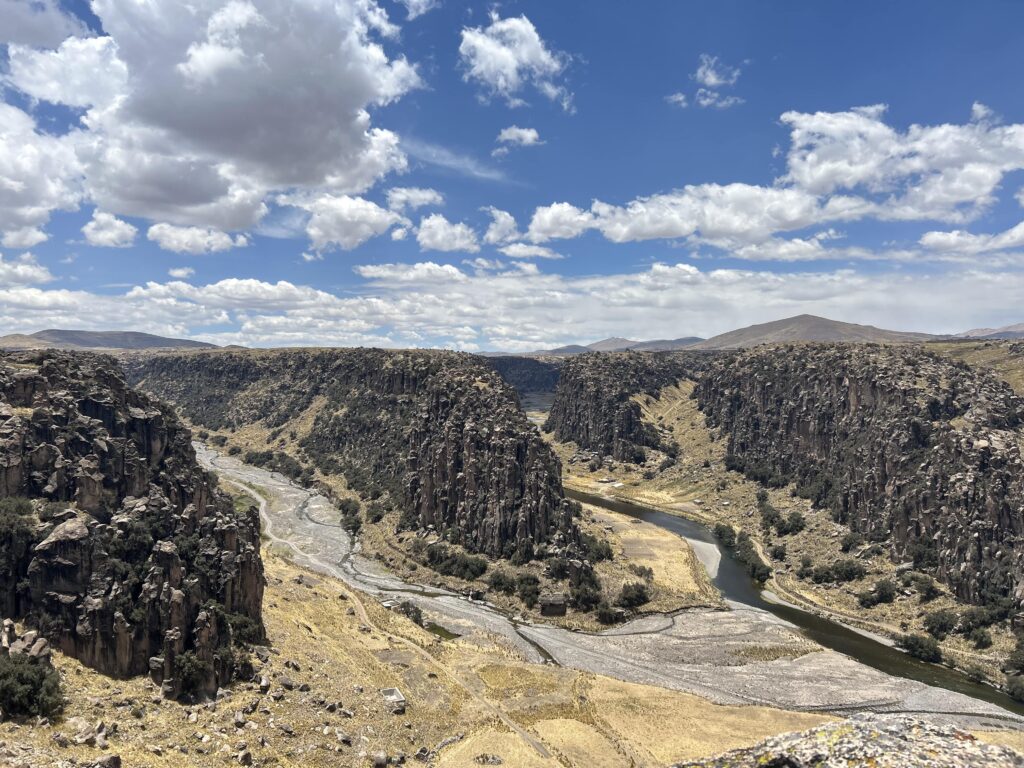
The sky stretched out into infinite blue and met the horizon on the peaks of distant mountains. The three canyons seemed to begin at our point of sight but continued on into the unknown. The narrow rivers meandered through the canyon walls leaving pebbled sediment in their wake. With the drought, the grass was sun-bleached and waved in the breeze, but we could imagine the lushness and flashes of blooming flowers nestled amid the rocks during other seasons. Briefly, a Viscacha (Lagidium peruanum) darted from behind a rock and squatted on top of another, looking out over the canyons.
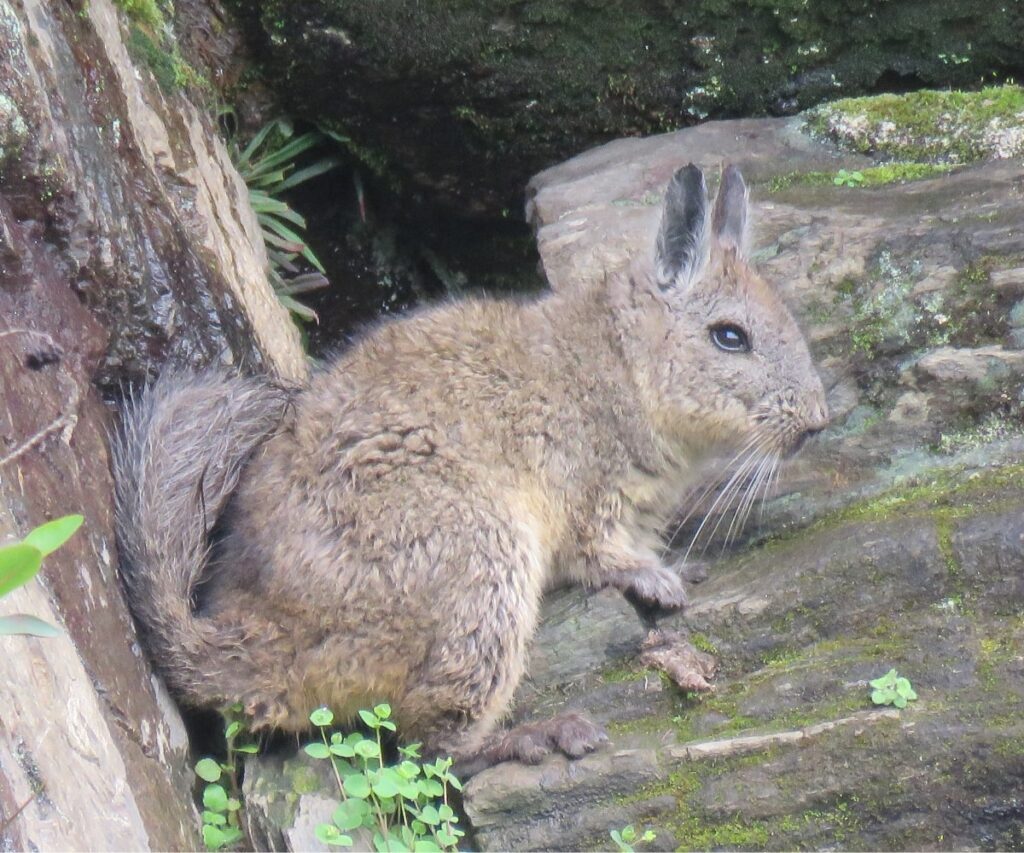
As we snapped a few team photos, the wind whistled over the granite boulders. We were reminded of Andes Amazon Fund’s early role in helping to ensure special places such as this are protected for generations to come.
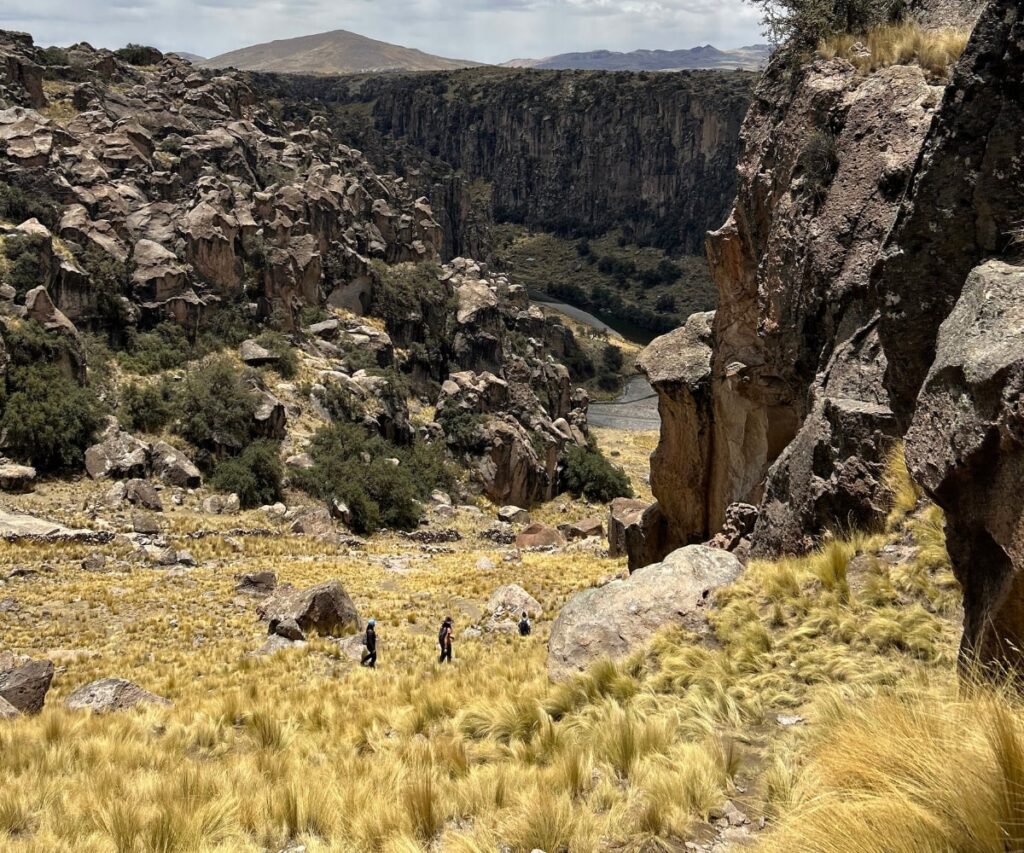
Tres Cañones, like many regional conservation areas, supports a healthy environment for the communities living within and nearby who previously faced severe consequences from mining operations. In 2023, a study was released showing toxic metal pollution in the environment from the copper mine near Espinar which posed significant health risks to nearby communities. There are plans to expand the mining operations through the Corrocohuayaco project through at least 2045 or 2050.
Mining expansions like this show the importance of not only establishing protected areas, but investing in their ongoing management. Through community environmental committees, protected area enforcement, sustainable livelihood planning, among other actions, we can ensure Tres Cañones and protected areas like it maintain their natural state.
In light of AAF’s 10th anniversary, visiting one of the first protected areas we supported has shown us how far we have come yet how much is still left to do.
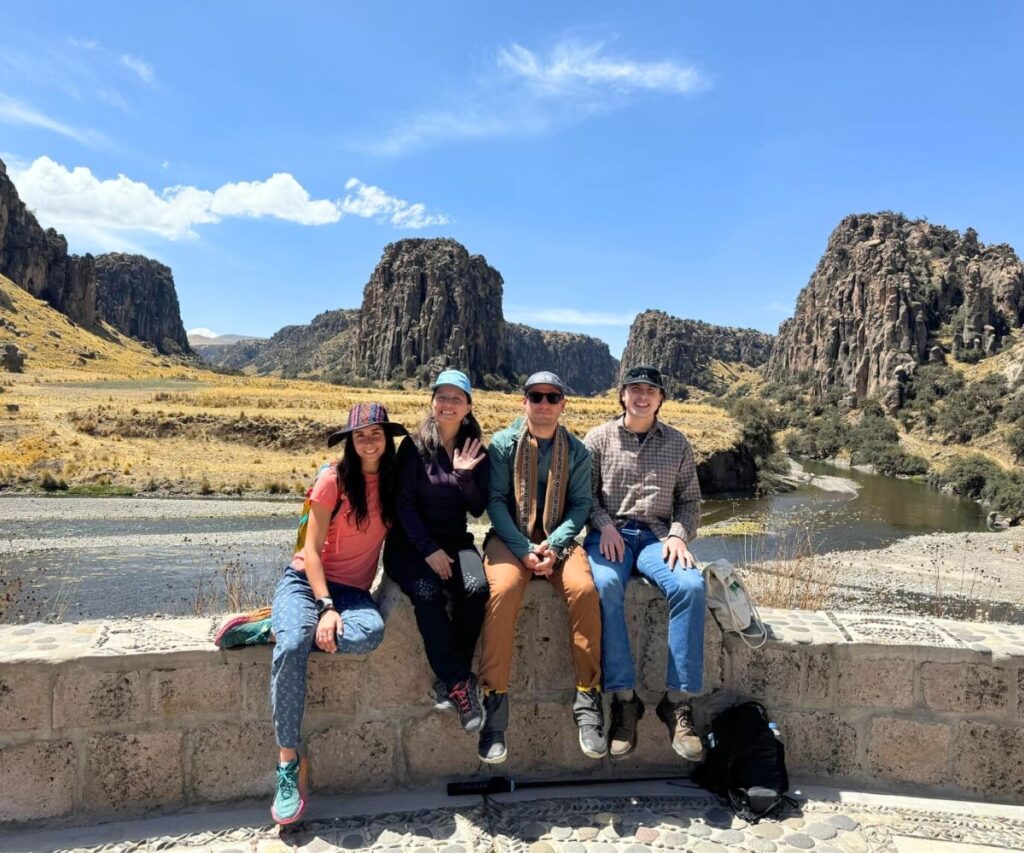
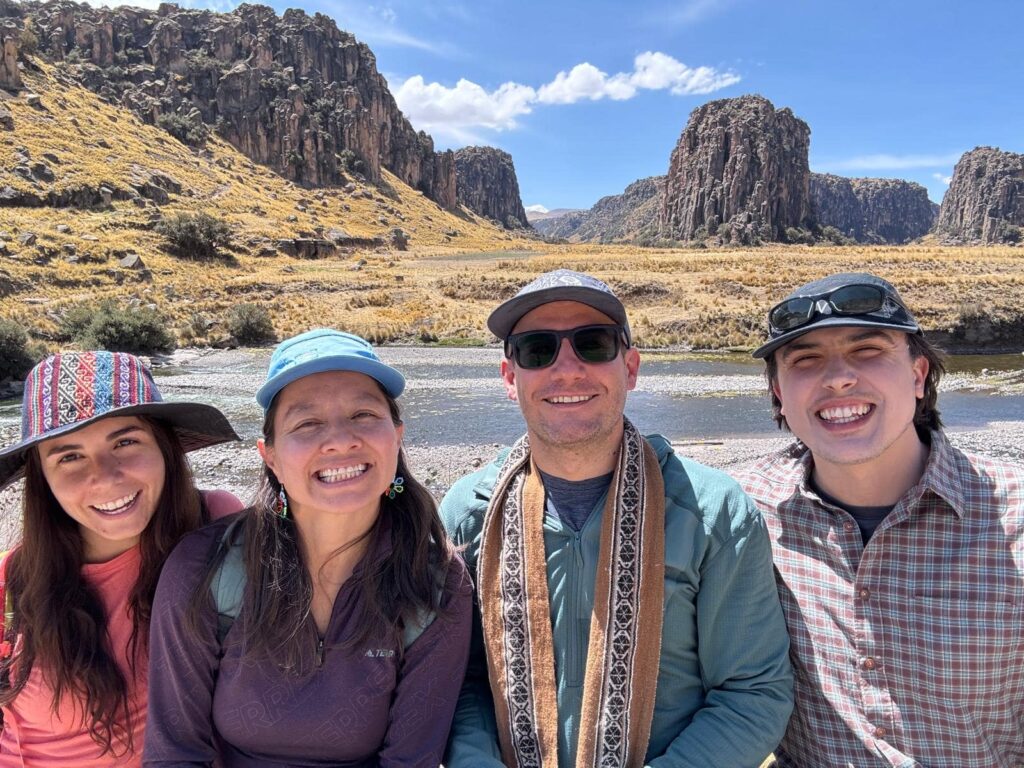
MAKE AN IMPACT
Learn how we can make an impact in our world together. Donate or get involved by subscribing to our email list:
